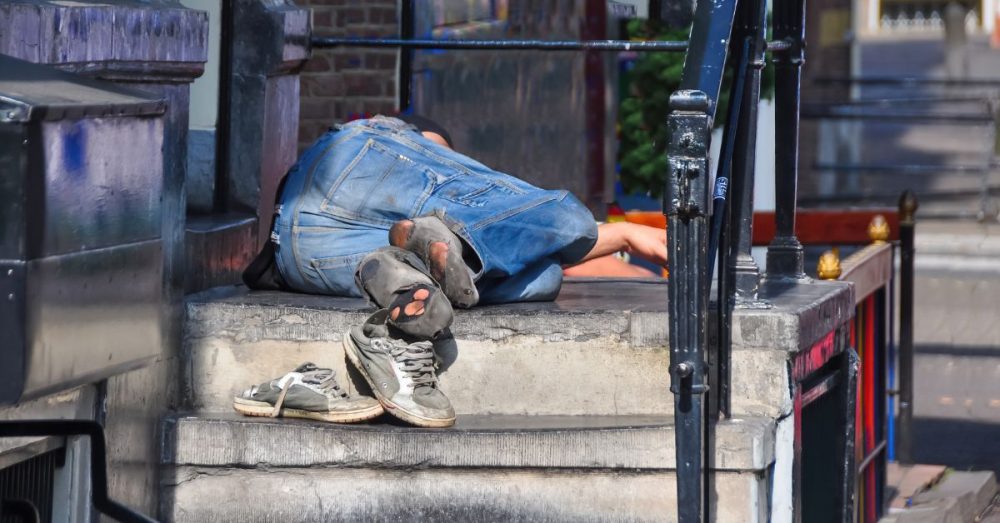A new study released by the Dallas County Health and Human Services (DCHHS) has put a spotlight on the huge, often hidden, financial burden that homelessness places on the local economy and its city services.
According to a report from the DCHHS published in November, there are currently 4,410 people considered homeless within Dallas and Collin counties, carrying an estimated annual cost of $193 million to local taxpayers.
The staggering price includes costs related to medical treatment, emergency services, incarceration and basic sheltering.
The DCHHS report directly identifies several key “cost drivers” surrounding the homelessness issue, with a special focus on the price of general medical treatments for the homeless population in Dallas and Collin counties, which alone amounts to approximately $60.4 million annually.
On top of medical costs, the report further highlights the ongoing impact of homelessness on “emergency response systems.” For instance, emergency room visits for the homeless population cost an estimated $16.5 million each year.
Additionally, homelessness significantly strains Dallas’ criminal justice system. According to the report, homeless people are more likely to be incarcerated, with an estimated annual cost of $16.8 million for incarcerating people who have been homeless in the prior year. These costs include the price of jail stays and related services, adding to the already stretched resources of the county’s criminal justice system.
While the financial impact of homelessness can add up to huge economic obstacles, the report suggests that investing in housing solutions could ultimately result in significant savings. Dallas County has allocated $70 million for a program aimed at housing 2,700 homeless people, and the study estimates that this investment could save as much as $118.5 million annually in avoided costs related to hospitalization, emergency services, and sheltering.
The report claims that offering permanent housing to the homeless is not only more cost-effective but also more humane, as it provides stability and access to services that help people regain their independence.
Moreover, a reduction in emergency shelter costs, currently estimated at up to $33.2 million annually, would further demonstrate the value of investing in housing-first policies.
While the number of people experiencing homelessness in Dallas has declined in recent years, with a 4% decrease in 2023, the report also highlights progressively growing negative trends, such as an increase in youth homelessness by 18% and veteran homelessness by 21%.
As the cost of homelessness continues to rise, the report warns that cities must shift their approach to this crisis. The current model, which relies heavily on emergency services and temporary sheltering, is just not sustainable in the long term.
While the recent $70 million investment in housing has the potential to save millions, the report suggests that further action is necessary.
The financial burden of homelessness in Dallas and Collin counties is not just a moral issue but continues to be a huge economic problem. As the county grapples with an estimated $193 million in annual costs related to homelessness, the findings of the DCHHS report serve as another call to action for change in the city.
Other cities have found success in caring for the homeless population by using a one-stop-shop model, such as the Haven for Hope campus in San Antonio. The 22-acre campus provides shelter and wrap-around services, such as meals, showers, laundry facilities, medical care, mental health care, substance abuse counseling, job training, anger management classes, trauma counseling, and other assistance. The facility has been credited with reducing homelessness in the city’s downtown area by 77% since it opened.


